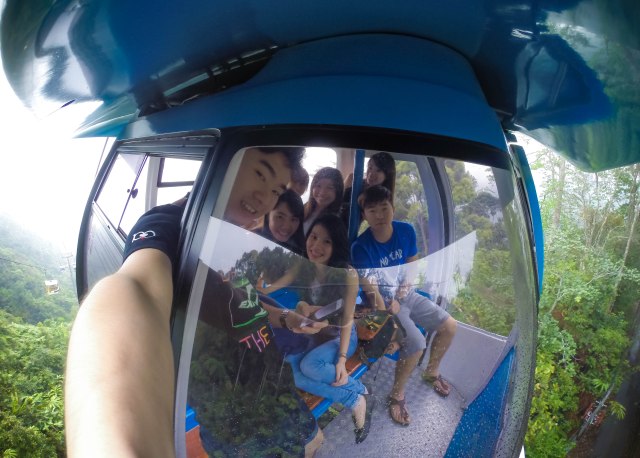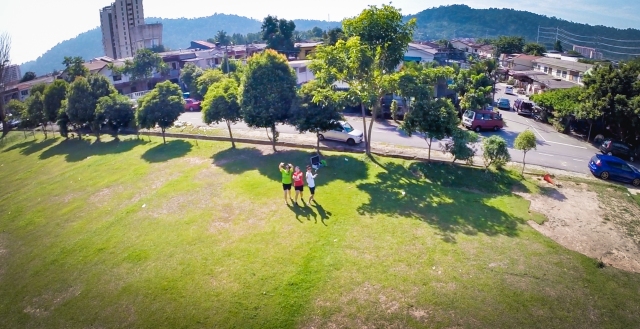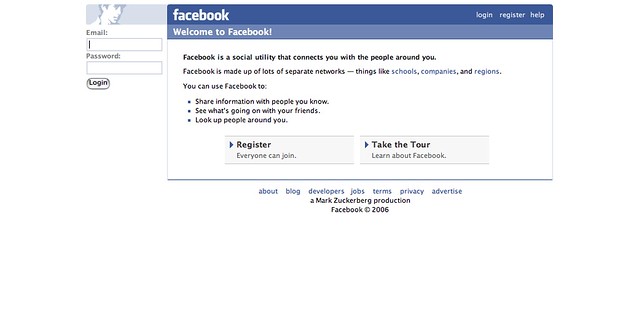Human beings are social creatures and need social interaction, positive feedback and validation of their worth, and people are feeling good with the attention they get (Bullyonline 2006). As a media, a news report, a television program, or a documentary, it is all about how the media could attract audiences’ attention and how people will response to that particular topic. In some situations, it is quite normal to seek attention, such as in advertising, TV, and radio and so on.
In 2011, A TV exposes the footage of showing cattle being hit in the head with sledgehammers to kill them in Indonesia. This footage was catching the public’s attention following by animal right group initiate Australia to ban live export of cattle to Indonesia (Ryan 2015).
Actually, images and videos that make people feel “distressing” will never fail to gain public’s attention. People will be very aggressive in response to this kind of topic. Others than the slaughterhouses were killing cattle with sledgehammers, there are many others footage that showing slaughterhouse using humane or non-humane ways to kill animals spread across the Internet. For example, the operating procedures of pig slaughtering and how chicken be processed in slaughterhouse.
Sometimes, people will over-reaction to some of the ‘animal abuse’ that seen on social media. I like animals but I hate people who love animals to the point that they lose their sense of reason. For instance, dog was a kind of animal that many families would feed them as a pet in home. When a footage that showing someone abuse a dog is appear on social media, most of the people will actively share and comments to show that they are condemn on the people who abuse the dog. Most of the people will become emotional because of the distressing footage. But, people who have questioned its authenticity or people who not showing their caring of this problem will get blame by people so called ‘animal lover’. If I am a person have no special feeling after watching the distressing footage doesn’t mean that I will do the same to the animal and I am a bad guys without sympathy to an animal. Thus, this kind of “distressing” footage is actually affect people to judge each other’s.
Furthermore, pet parent love to show their selfie with his/her pet or their pet’s photo on social media frequently. In a sense of signify they are person that caring so much of animal. But for people without pet, people will label them as a man without love.
In a nutshell, most of the people always spread awareness in social media that want others not to do this and that to animal and protest animal rights. I am agree with not to abuse animal and try to treat animal as our friends and family that living in this planet. But I am very against people that always over emotional in the problem of caring animal because it was wrong to judge a person just by a footage or how much they care about animal. When they think of protest animal rights, please think of human rights as well.
References:
Bullyonline, 2006, “The need for attention”, accessed 6/4/2016, http://bullyonline.org/index.php/bullying/bullies/21-the-need-for-attention
Ryan, C 2015, “Abbott says no to live export ban”, Global Meat News, accessed 6/4/2016, http://www.globalmeatnews.com/Industry-Markets/Tony-Abbott-says-no-to-Australian-live-cattle-export-ban-to-Vietnam




